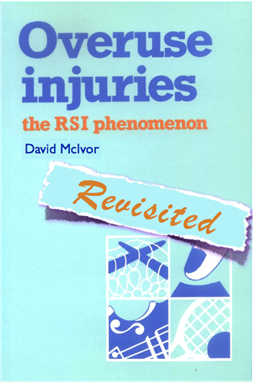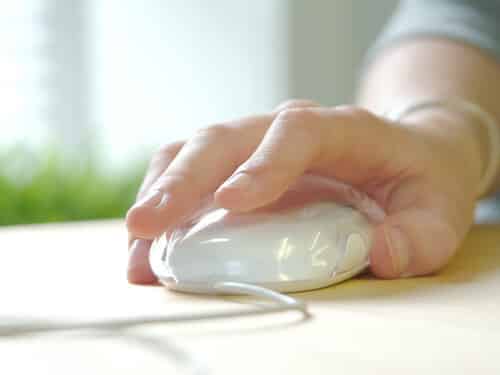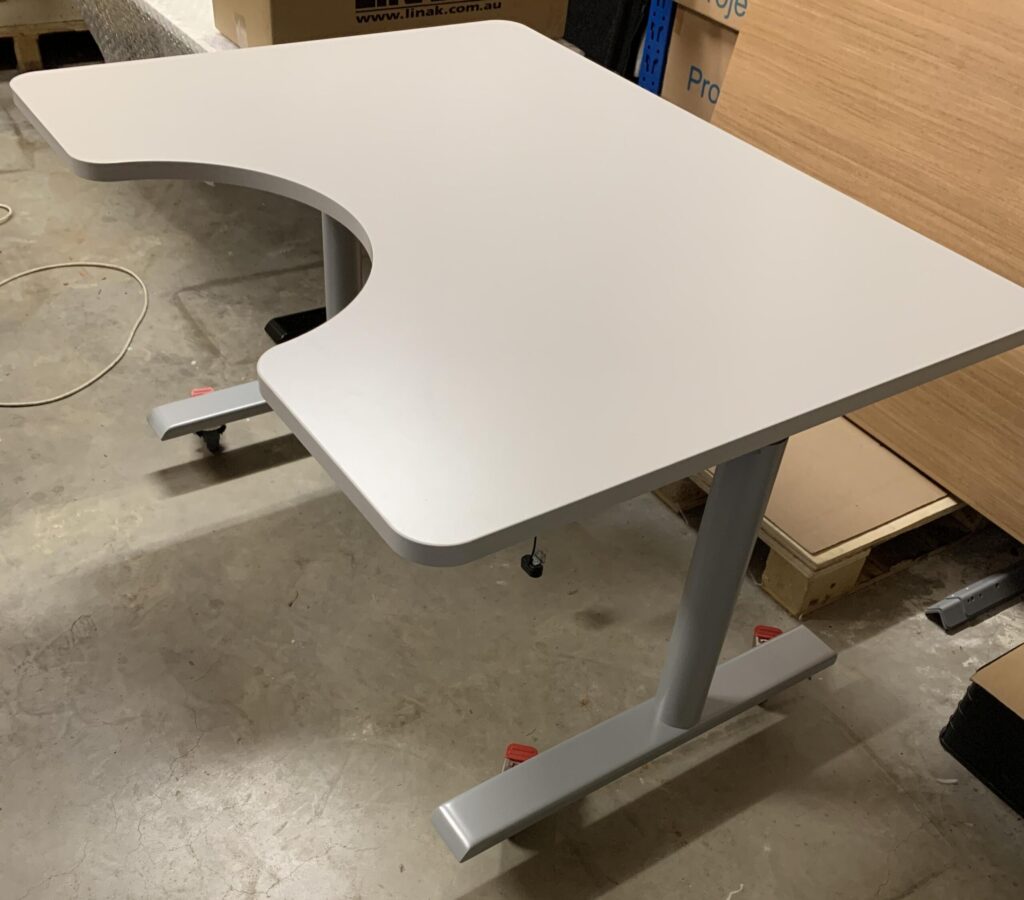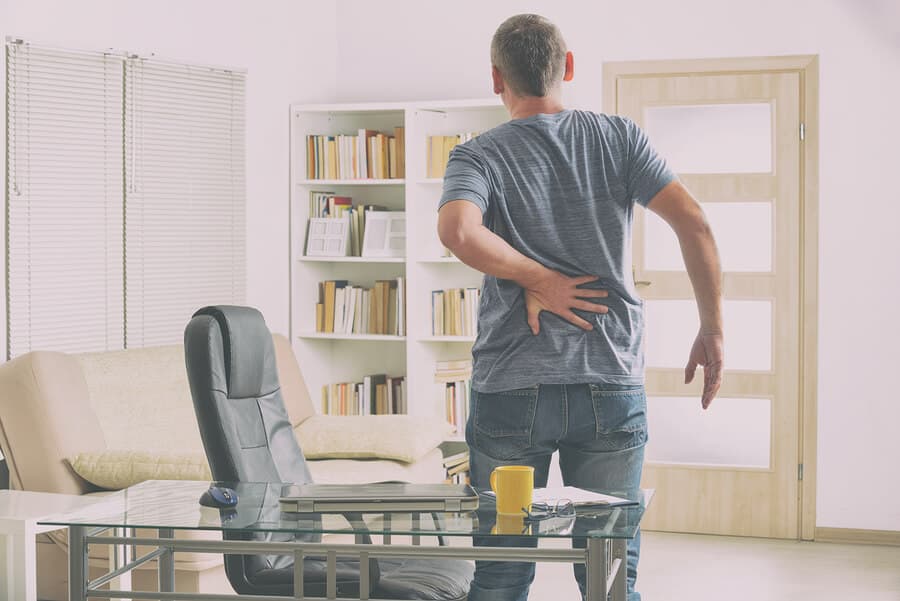
Musculoskeletal disorders EXPLAINED: an overview of Dr McIvor’s revamped book
Dr David McIvor, director Occupational Safety and Health Associates (OSHA),
has released the latest edition of his book, Overuse Injuries – the RSI phenomenon REVISITED.

The book explains in layman’s terms – actionable language you can actually understand! – the questions you need to ask yourself when you start to feel that throbbing pain in your wrist or that dull ache in your lower back.
He addresses the most common questions we are all thinking:
- How can I best prevent a musculoskeletal disorder?
- How do I know if I have one?
- How can it be treated?
- What if I have to take time off work?
The book explains how the terms RSI (repetitive strain injury), CTS (carpal tunnel syndrome), OOS (occupational overuse conditions), and MSD (musculoskeletal disorders) are often interchangeable, but here we want to clarify all four, and explain which one is now the most appropriate to use.
Let’s start by defining these four terms. As you read each, you’ll see where they overlap, and therefore why they’re comparable and related terms.
REPETITIVE STRAIN INJURY:
An RSI is just as the name describes: an injury on any part of the body due to repeated movements over a long period of time. The injury affects muscles, tendons and tissue. The muscles and tendons can become strained, while soft tissue becomes inflamed.
In fact, medicos are not convinced there is an actual ‘injury’, but more a change in the structure of the muscle cells.
Repetitive strain injury symptoms
Repetitive strain injury symptoms are normally in the form of pain and discomfort that ranges from sharp pangs to dull aches. They’re most common in the wrists and fingers. Anti-inflammatory and muscle relaxant medicines may help to relieve pain, and you should, if possible, reduce the activities that appear to be causing these strains.
CARPAL TUNNEL SYNDROME:
The carpal tunnel is a narrow passage between the wrist and the hand. The main nerve that runs through this tunnel provides feeling and sensation to the thumb, index, middle and ring finger.

Carpal tunnel syndrome is the condition where other tendons running through this tunnel swell, compressing the main nerve, resulting in numbness and sharp pain. You may also experience loss of regular hand movements, while holding objects may prove difficult if the thumb is affected.
Swelling can be caused by a number of factors, but for the purpose of this blog post, we will focus on the cause generally referred to as “overuse”. Alluding to RSI, tendons can swell when the hand and wrist are performing a repeated movement while being held in awkward positions.
Think of how you use your keyboard. Are your wrists flexed at an awkward angle? After a long typing session, do they ache? Are you twisting your wrist when using your mouse? (Try rotating your elbow instead – do you feel a difference?)
OCCUPATIONAL OVERUSE SYNDROME:

A condition common to the hands, wrists, fingers and elbows, occupational overuse syndrome (OOS) is also confusingly referred to as RSI – repetitive strain injury. Colloquially, conditions such as ‘tennis elbow’ or ‘golfers elbow’ are examples.
Repeated movement and awkward posture can contribute to OOS. Workstations that cannot or do not adapt to individuals’ specific body types (think the height of a desk, angle of a computer screen or extent of a chair) can result in muscle strains, causing fatigue, stiffness, tightness, and sharp joint pain.
MUSCULOSKELETAL DISORDERS:
Musculoskeletal disorders, or MSDs, is the umbrella under which all specific injuries fall. Carpal tunnel syndrome, for example, is considered a musculoskeletal disorder.
MSDs are often firstly self-assessed by someone experiencing unusual or new pain, strain, or aches. The most common areas of the body that suffer MSDs are the neck, wrist, shoulders, upper and lower back, and feet.
Because of the variance in diagnostics, cause, severity and location, there is no one tried-and-tested MSD cure, but treatments may include medication, injections, physical therapy, massage, and the use of splints.
Fortunately, as the book describes, injuries are well-known and well-understood by medical professionals the world over in this day and age, so diagnosis and relief is probable!
A brief history…
The book was originally published over 25 years ago, in 1987. This latest publication, then, is a revamped, updated version. It factors in new technologies that have grown in popularity over time, like our beloved tablets and laptops.
Dr David McIvor founded OHSA in 1983, and is dedicated to educating others, including corporations, governments and industries to learn the importance of a healthy workplace. OHSA are experts in occupational health and safety risk assessments, and can help you to reduce the cost of safety failures in your workplace. 
Dr McIvor is also the co-creator of the Ergotape, a tape measure that contains over 50 ergonomic specifications, so you can tweak your workplace to ergonomic perfection. The Ergotape is referred to as “the Swiss Army Knife for Ergonomics”. The Ergotape really is a valuable tool that is simple enough to use by anybody! (Keep your eye out for a blog post on this product in the very near future!)
To find out more about Dr David McIvor, head over to the Occupational Safety and Health Associates website.
‘Overuse Injuries – the RSI phenomenon REVISITED’ is available as an e-book.
You can purchase it from the iTunes store, Smashwords or from Amazon’s Kindle.





